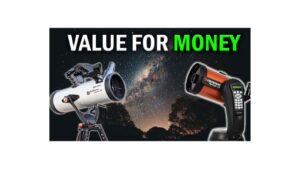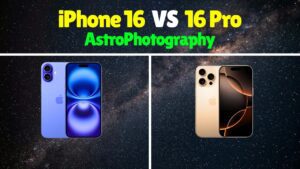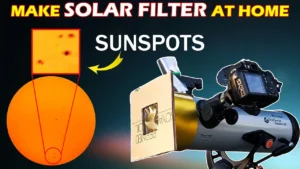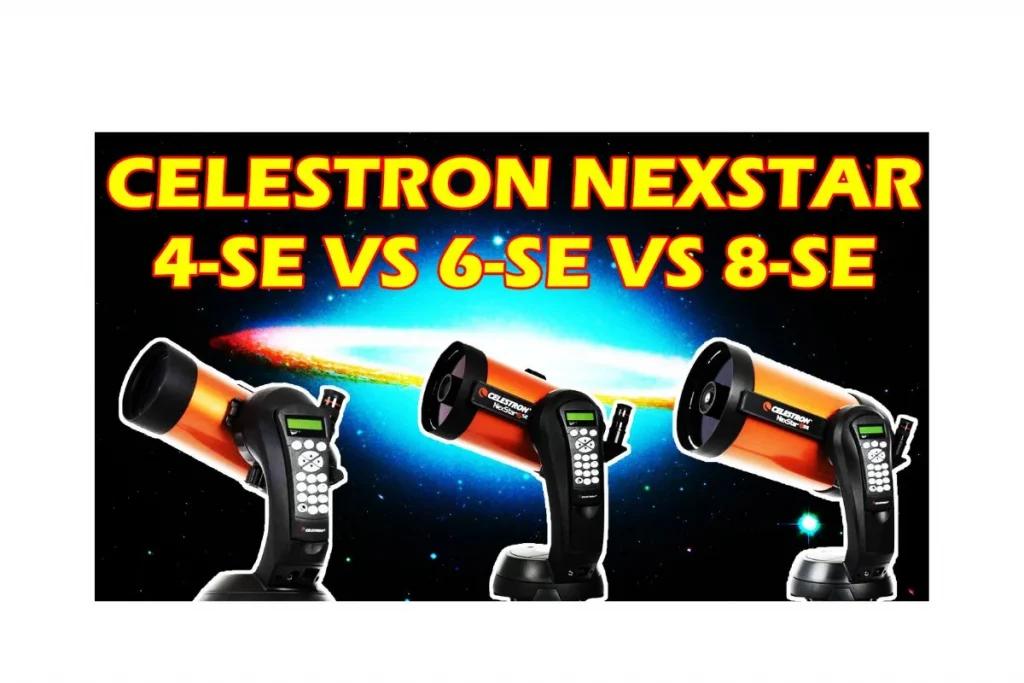
If you are looking to buy a new telescope, then you must have come across the NexStar series from Celestron. There is NexStar 4SE, 6SE, and 8SE telescope.
You might be wondering how exactly are they different from each other, other than the cost. Should you buy a 4SE? because it costs less? Or should you buy 6SE? which costs a little more than 4SE and will be a better choice. Or should you buy 8SE? Which costs a lot more and gives excellent performance. You can find answers to all these questions in this article.
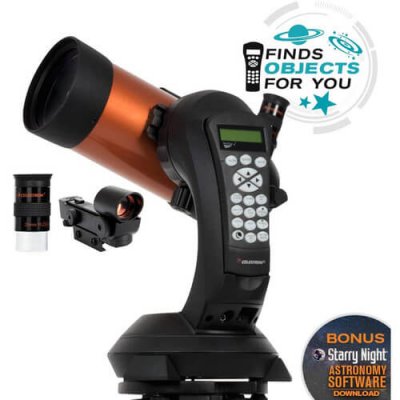
This series of Celestron telescopes are made for computerized telescopes. All these telescopes are computerized with go to Alt-Azimuth mount. This means everything from focusing to locking on the star is done with the help of a computer. If you are a beginner and you don’t know how to navigate through the night sky observing different celestial bodies. Then the computerized mount is extremely helpful.
All these telescopes come with data of 40,000 celestial objects. They also have the red dot finder technology of Celestron. You just have to point to 3 bright objects and it will focus on that area of the sky.

Difference between 4SE, 6SE & 8SE
So, the main difference between these telescopes is the aperture size. 4SE has a 4-inch aperture, 6SE has a 6-inch aperture and 8SE has an 8-inch aperture. Well, now you might be thinking. Is this 2-inch difference in aperture size going to make any difference in your stargazing experience?
Absolutely yes. Aperture size is all about collecting most of the light. The bigger the aperture, the clearer and better images you’ll get. With 4-inch you might be able to see the different stars in a particular area in the sky. But the same image has a lot more details with a 6-inch aperture, with 8-inch a lot more.
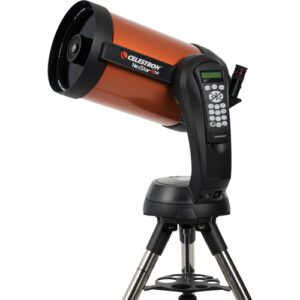
Which one you should buy?
Anyone who is a beginner and not sure about pursuing this new hobby for the long term. They should consider buying 4SE or it’ll be better to go for some cheaper telescopes you can afford.
Although 6SE and 8SE are almost similar in optics. But 8SE is far superior to 6SE. It has a 2-inch extra aperture size than 6SE. Because of this 8-inch aperture, 8SE can collect 78% more light than 6SE. That means you will be able to see distant fainter celestial objects clearly with 8SE compared to 6SE. They both have a focal ratio of 10. But 6SE has a narrow field of view and a high focal ratio. It is not quite suitable for faint distant objects.
Astronomers who can’t afford the 8SE want to upgrade from their old telescopes. They should consider buying 6SE. But if you are an intermediate astronomer. Then most likely you are very serious about stargazing and learning about different celestial objects. You should go for 8SE but if budget is the problem then 6SE will also serve you much better.
If you are very serious and passionate about stargazing. You want the best telescope for the price. Then you should consider buying 8SE.
This telescope is not only best for observing stars and planets but also best for observing deep space objects. Deep space objects such as nebulae, galaxies, and distant stars. If you are a beginner in astrophotography, this telescope will just give you awesome results. So, overall 8SE will provide you with the best performance for the cost.
A note, for beginners. If you are sure, that you are going to pursue your new astronomy hobby. Then you should go for 8SE if you have a budget. This telescope will serve you long-term. But, if you are even a little bit hesitant about long-term pursuing your new hobby. Then go for 4SE or other cheaper telescopes mentioned on TheAlienTech.com.
What you can see through these telescopes?
With Celestron NexStar 4SE
You can see Saturn’s rings, Jupiter’s bands, Stars in the Hercules globular cluster, and different surface features of our moon.
With Celestron NexStar 6SE
You can see craters on the moon with a diameter as small as 1600m. You will be also able to see some of Saturn’s moons and its cloud belts. This telescope will show you Jupiter’s moon as well. You can observe the globular star cluster and the details of the distant nebulas. You will be also able to see clouds and dust storms on Mars. Also, you will see some asteroids and stars with a 13.4 magnitude.
With Celestron NexStar 8SE
You can see everything that you can see with 6SE. Saturn’s rings will show more details such as Cassini or Encke division on its rings. You’ll see Jupiter’s clouds and the GREAT RED SPOT. You’ll also see “The Messier 51 whirlpool galaxy”.
NexStar 4SE | NexStar 6SE | NexStar 8SE | |
Aperture | 102mm (4.02″) | 150mm (5.91″) | 203.2mm (8″) |
Focal Length | 1325mm (52″) | 1500mm (59″) | 2032mm (80″) |
Focal Ratio | f/13 | f/10 | f/10 |
Optical Design | Maksutov-Cassegrain | Schmidt-Cassegrain | Schmidt-Cassegrain |
Weight | 23 lbs (10.4 kg) | 21 lbs (9.5 kg) | 24 lbs (10.88 kg) |
What can you see | Planets, surface of moon | Encke Division in Saturn’s rings, cloud bands on Jupiter, geographic features on the surface of the Moon | Everything which you can see with 4SE & 6SE but with great details, Faint distance Deeps space objects |
PRICE |
So that’s it that’s the difference between these 3 telescopes. If you are looking for a telescope specifically for astrophotography then you need to check this article. You can also find the best suitable telescope for you with our telescope suggestion tool.

